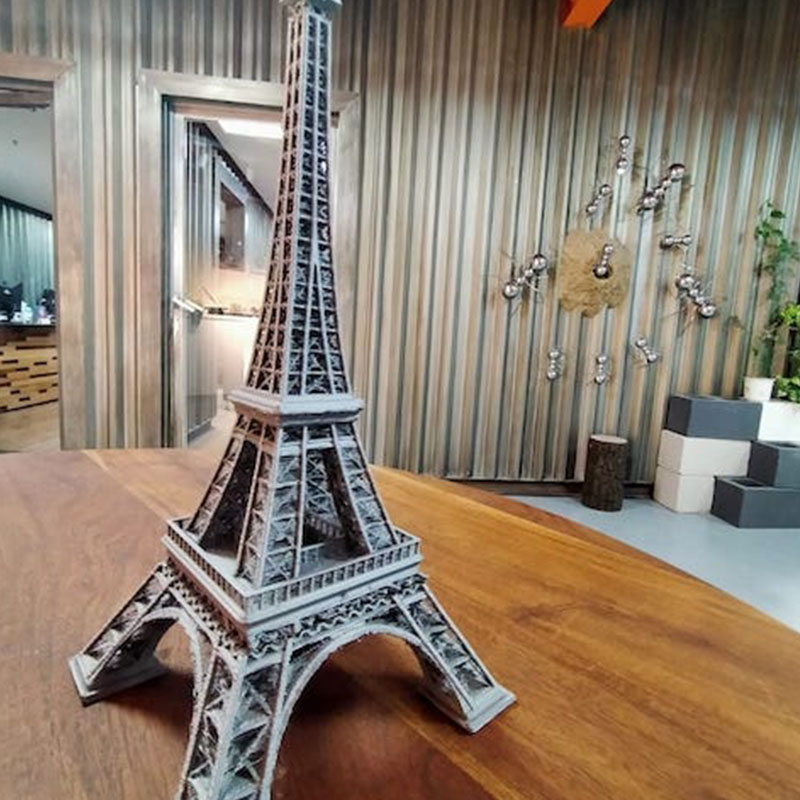3D printing technology has developed the way we design and manufacture objects, making it accessible for hobbyists and professionals alike. However, achieving successful 3D printing in Dubai projects requires careful planning and execution. Find here some essential tips to help you steer the process and ensure your projects turn out as intended.
Choose the right 3D printer
Selecting the right 3D printer is important for your project’s success. Different printers use various technologies, such as Fused Deposition Modeling (FDM), Stereolithography (SLA), or Selective Laser Sintering (SLS). Each technology has its advantages and limitations regarding material compatibility, print quality, and build size. Assess your project requirements, including the level of detail needed, the material you want to use, and your budget before making a decision.
Understand material properties
The choice of material significantly impacts the final output of your 3D printed project. Common materials include PLA, ABS, PETG, and resin, each with unique properties such as strength, flexibility, and heat resistance. Familiarize yourself with these materials and choose one that aligns with your project’s functional requirements and aesthetic preferences. Additionally, consider factors such as printability, post-processing capabilities, and the intended application of the final product.
Optimize your 3D model
Before printing, ensure your 3D model is optimized for printing. Use software tools to check for issues like non-manifold edges, inverted normal, or holes in the mesh that could cause printing failures. Simplifying complex geometries can also improve printability and reduce the likelihood of errors. If necessary, break down large models into smaller parts for easier printing and assembly. Also, ensure that your model’s scale is appropriate for your printer’s build volume.
Set the right print parameters
Adjusting print settings can dramatically affect the outcome of your project. Factors such as layer height, print speed, infill density, and temperature should be tailored to your specific printer and material. A smaller layer height generally results in finer detail but can increase print time. Likewise, adjusting the infill density can impact the strength and weight of the final product. Conduct test prints to find the optimal settings for your particular project.
Monitor the printing process
While 3D printing is often an automated process, monitoring the print as it progresses is essential. Check for any signs of issues, such as layer misalignment, material clogs, or adhesion problems. Being attentive during the printing process allows you to address problems immediately, preventing wasted time and materials.
